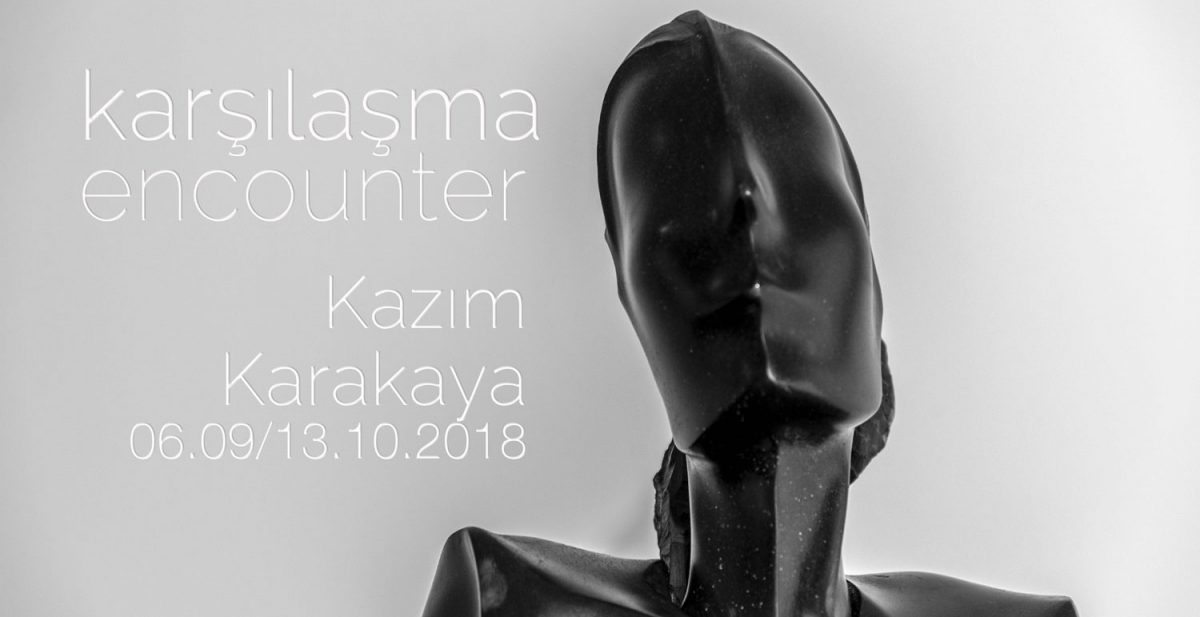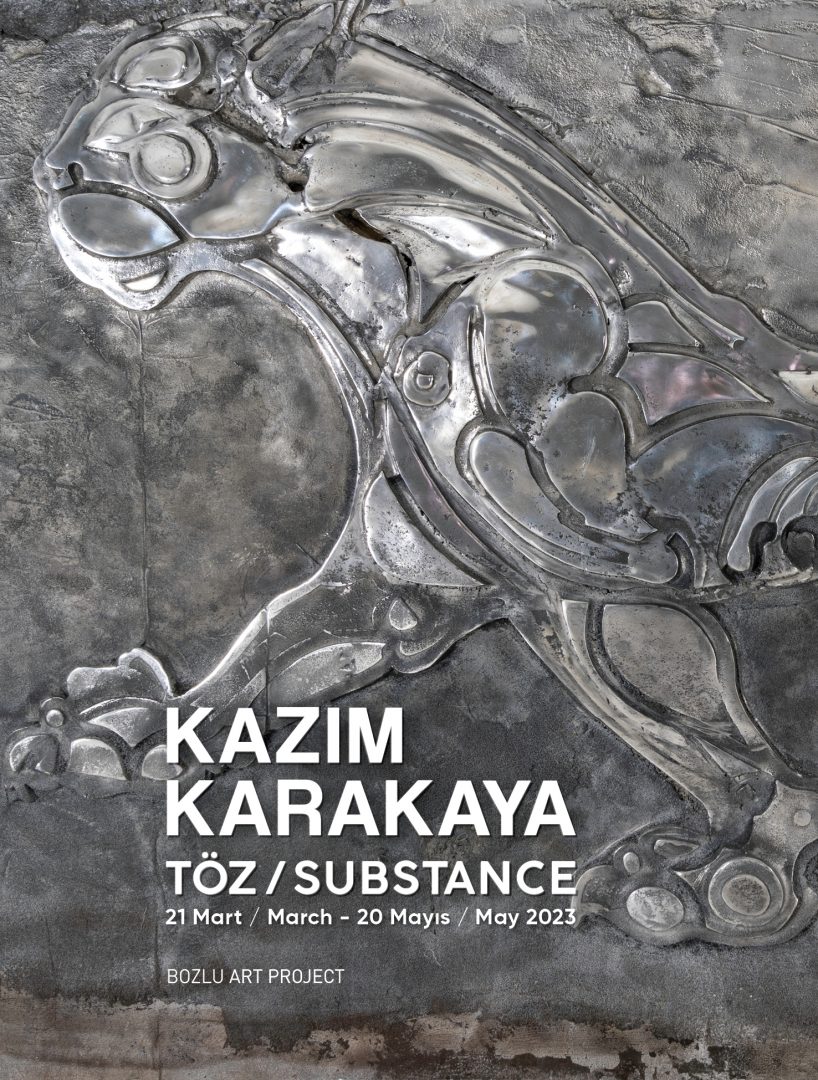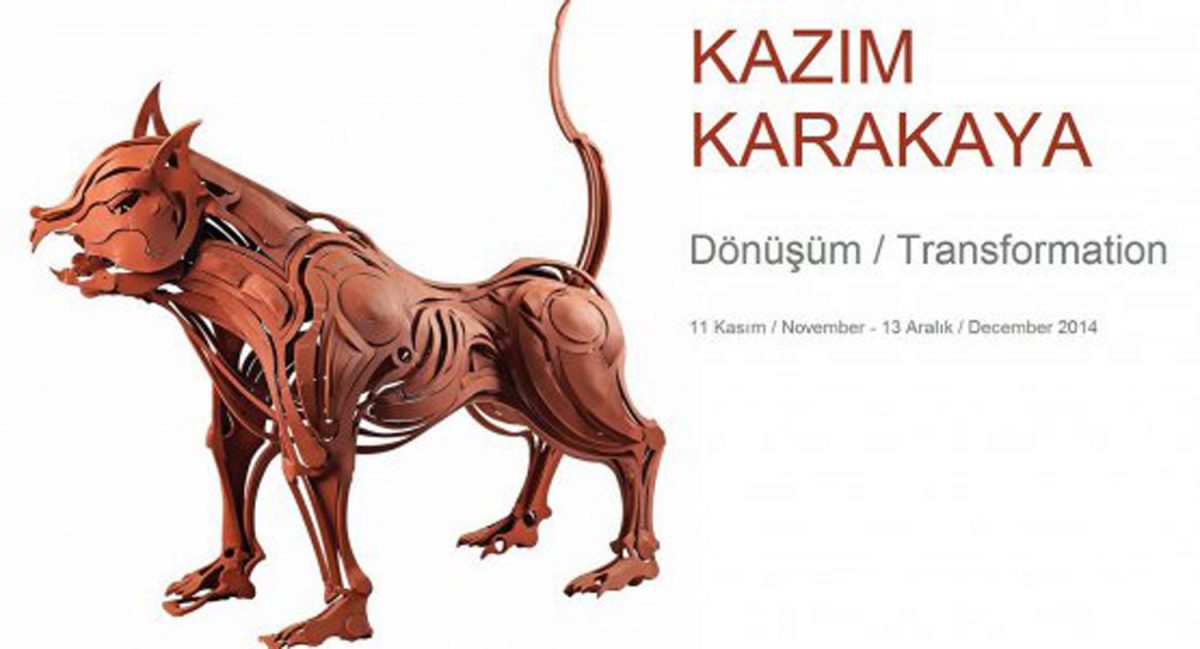A leading figure in Turkey’s sculpture scene, Kazım Karakaya, whose exhibition titled “Transformation” (Dönüşüm) was shown at Bozlu Art Project in 2014, shall once again be on view at Bozlu Art Project Nişantaşı with his new exhibit “Encounter” (Karşılaşma) between the 6th of September and 13th of October 2018. Taking human and animal states, their encounters, and notions such as the meeting of two different elements as a point of departure for his exhibition, Karakaya offers a concrete embodiment of this conception of his through his sculptures in which he brings together metal and stone materials.
Kazım Karakaya is on display at Bozlu Art Project Nişantaşı with his sculptures that both allude to the threads of new form and meaning unfolding upon an “encounter”, and reflect the configuration of an “encounter”, which by its very nature entails affecting, giving direction to and transforming one another. “Encounter” is thus an exhibit that pursues lines of thought such being one or more, standing vis-a-vis one another, coming against each other, as well as the impact and energy enacted on both parties by such an engagement.
Basing his representation of moments of “encounter” on the use of scenes of animals locked in combat in art for centuries in a manner that expresses the opposition enshrined in dualistic conceptions such as Ying and Yang in Chinese culture, good and evil or light and dark in Iranian culture – notions which have been depicted in the form of animals in the art of Central and Inner Asia. In his sculptures suggestive of animal fight scenes that have a variety of symbolic meanings in ancient cultures, Karakaya traces encounters from past to present by following in the footsteps of that which is natural and wild. Through this process of tracing, the viewer is brought face to face with versions of legendary animals that seem to have jumped out of a book taking on a third dimension – those such as dragons from century-old book illustrations of Eastern painters and muralists, symbolizing concepts like power, water, abundance and fertility. The patina and sense of lived experience visible upon iron finds its reflection in the radiance of the aluminium sculptures.
These sculptures, all of which say something individually, interact with each other upon coming together and offer new interpretations to audiences. The sculptures, in which stone and metal merge in a manner that demonstrates the artist’s competence in terms of using different materials, come to life within new bodies moulded out of a combination of a material as primeval as stone and metal, which is evocative of technology and the Industrial Revolution. This conglomeration and hybrid structure that reduces both the ‘mass effect’ of stone and the ‘mechanic effect’ of metal brings us to think about the new image that emerges. In his wall-based works where Karakaya has attempted to ease the three dimensional associations of sculpture, direct viewers’ attention to the surface, and question relationships between space and surface, we witness a shift in the impact area/sphere of influence as forms most often seen in saz style miniature paintings illustrating books have come to be rendered upon walls.








